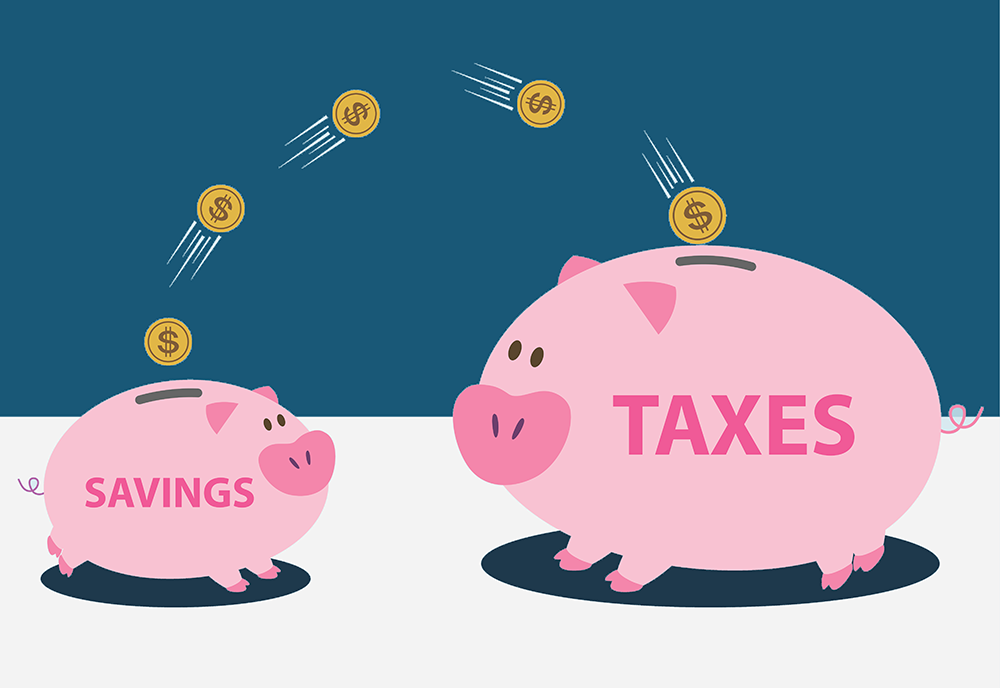
This calculator will help you to determine the after-tax future value of a periodic investment in today's dollars. By default this calculator compounds interest annually. We also offer calculator which allows you to adjust the compounding periodicity, a see how long it will take to reach your goal, or see how much you need to save each month to have a certain amount saved by a specific date. The required monthly savings calculator also offers an exhaustive guide with dozens of frugal living and money saving strategies. You can also leverage our future value calculator to see the purchasing power of a nominal amount of cash in the future.
Is your bank offering competitive rates which beat inflation and taxes? If not, you may be able to earn a better rate & make your money work harder by shopping around.
The following table lists currently available rates for savings accounts, money market accounts and CDs.
In many markets savings interest rates are below the general rate of inflation across the broader economy. Worse yet, "gains" which do not keep pace with inflation are then taxed as income, further eroding the ability for savers to keep up with inflation. Losing slowly to inflation still beats losing quickly to inflation.

While the Federal Reserve has lifted interest rates many times over in the few years leading up to the COVID-19 crisis, the crisis caused them to once again pin rates to the floor. Large banks now compete on how many convenience fees they can charge customers rather than how much they can pay for deposits.
Even before the COVID-19 crisis when the Federal Reserve pushed rates up to nearly 2% many big banks still only offered stardard savings accounts 0.01% interest. Before the COVID-19 crisis savers could get anywhere from 150 times to 200 times higher rates with either high-yield savings accounts or certificates of deposits.
After the crisis yields on longer duration Treasuries fell to all time historical lows. Worse yet, many bond replacements like REITs are based on impared assets as many tenants are not paying rent & many value-based retail stocks and commodity producers have seen their stock prices crash after the crisis.